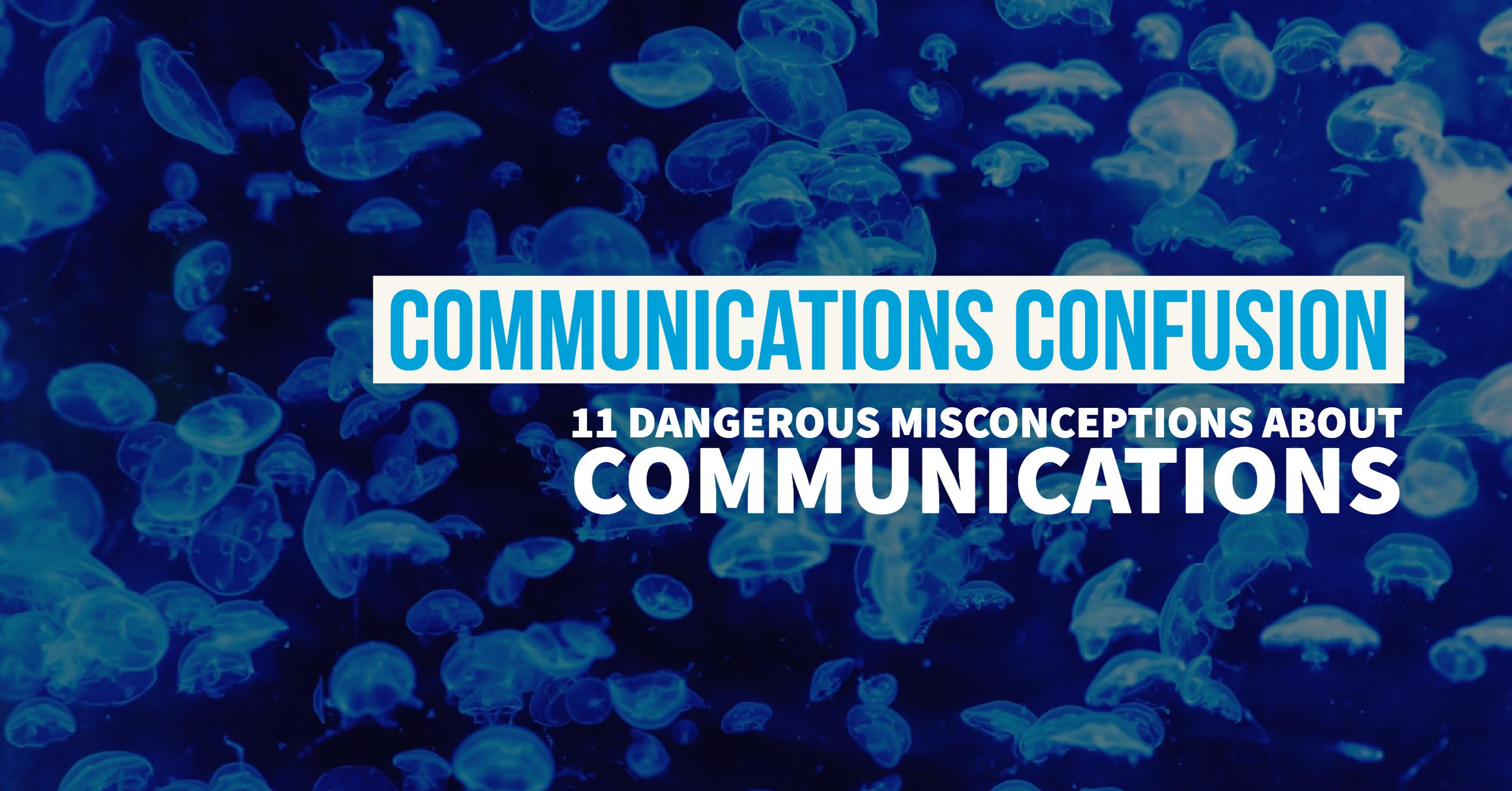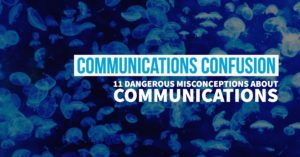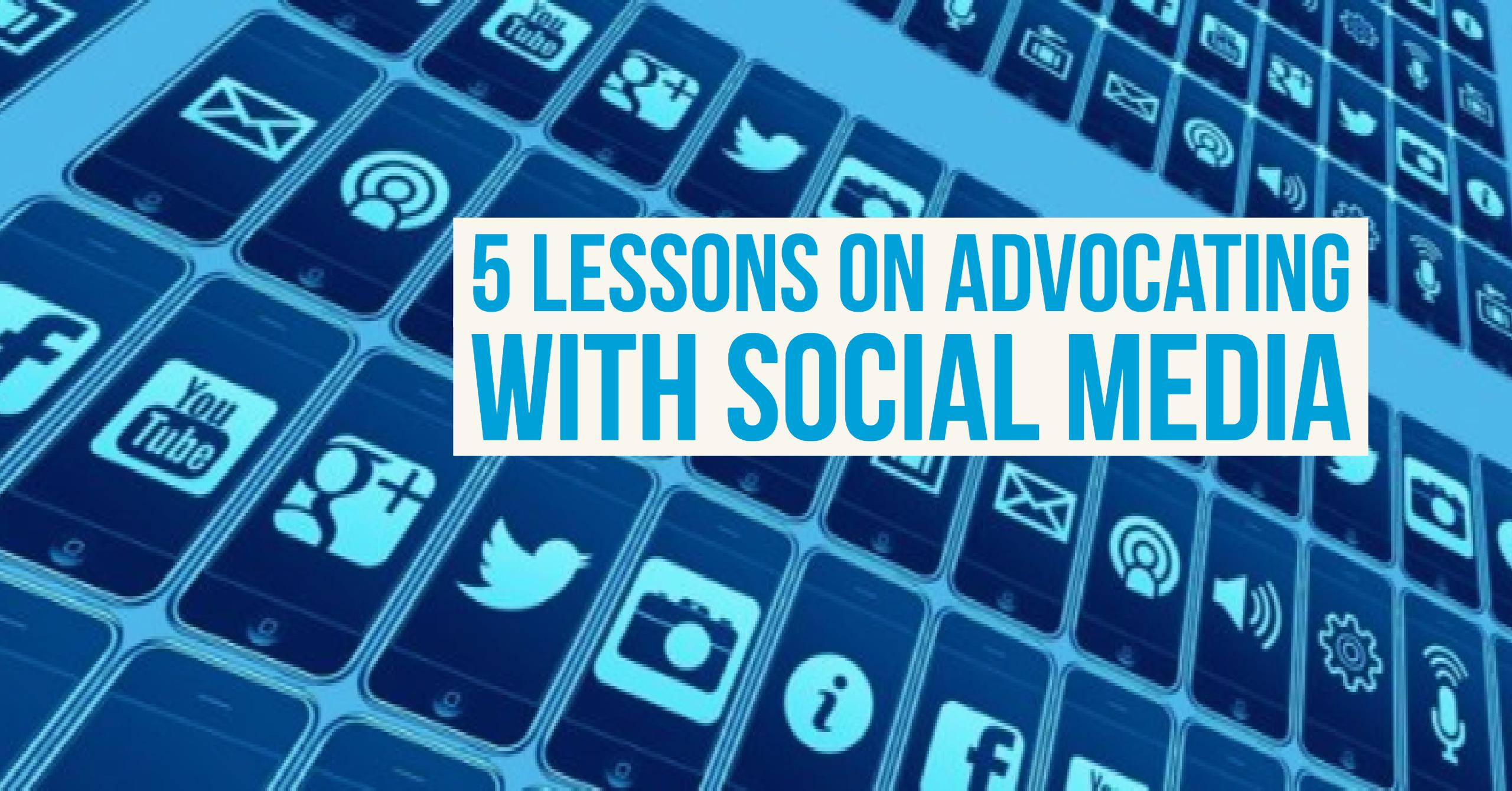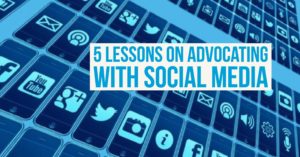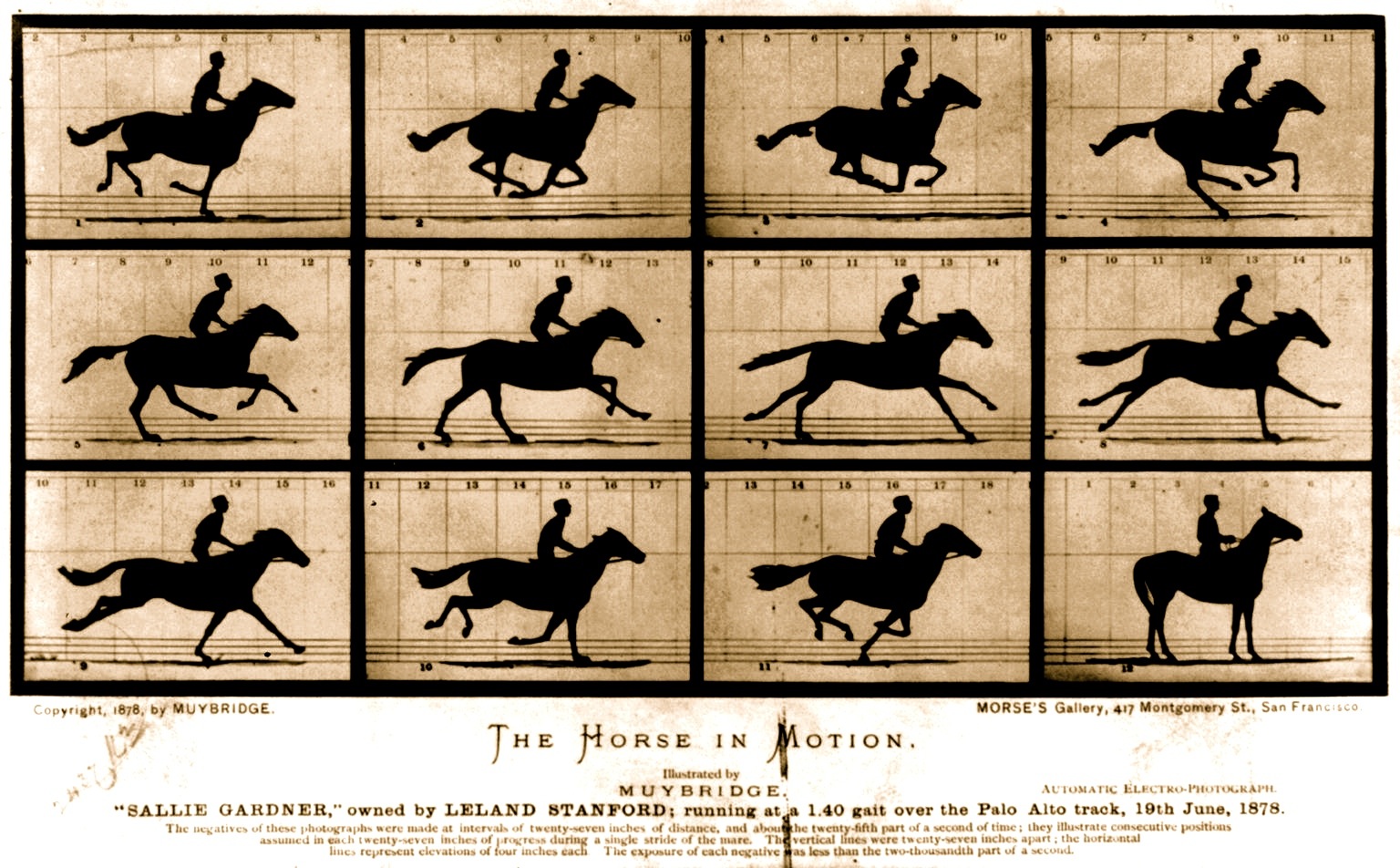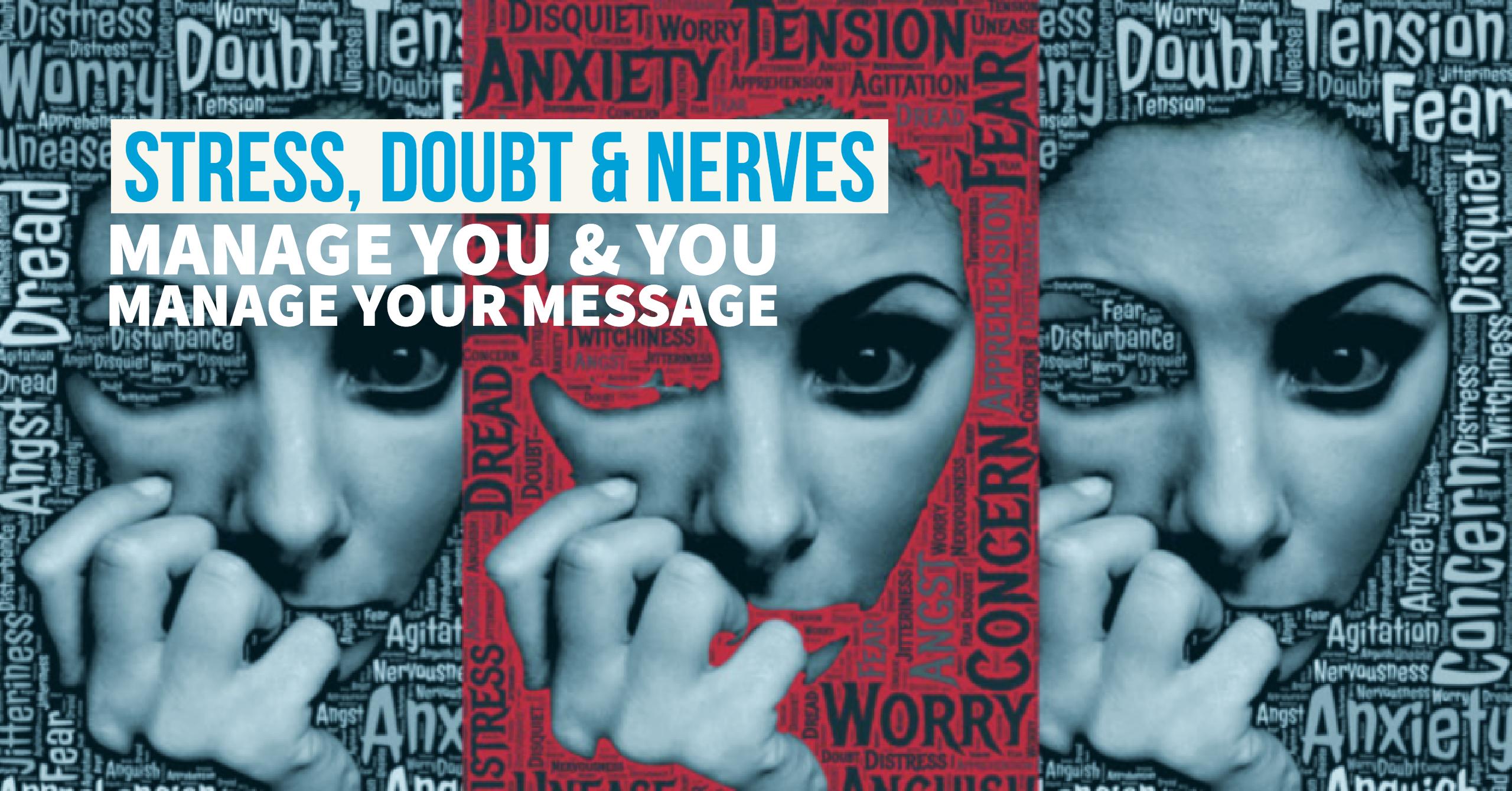
Regardless of the setting, whether I’m leading a workshop, lobbying or speaking at an event, I always warm up my audience before delivering my message. When they’re warm, I’m hot.
A Story from the Field
The CEO of the large pharmaceutical company was anxious to meet with an Assistant Deputy Minister (ADM). His company had considerable concerns around a regulatory process and he wanted to share their proposals towards addressing that challenge. He knew that in the weeks prior to his meeting there had been quite a bit of bad press about the ADM’s program. What’s more, the bad press was the result of accusatory comments levelled directly at the ADM by another pharmaceutical company. It was of little surprise to the CEO when he was only granted 30 minutes for the meeting, and even less of a surprise when 30 minutes was reduced to 15 minutes once he arrived.
Rather than launching into his proposal, he started the meeting by explaining that he understood the challenges the department faced. He explained that he thought the press coverage unfair since it did nothing to contribute to an open dialogue between his industry and the department. The ADM who had started the meeting with her hands folded across her chest and her lips tightly pursed, slowly began to relax. When her assistant came into the meeting to get her after 15 minutes, the ADM shook her head and the meeting proceeded. By the time the CEO explained that his company funded a group of independent scientists who would be available for an exchange program with the department due to their specialized knowledge, 45 minutes had elapsed. The ADM was leaning forward attentively and asking how the scientists were chosen and how the exchange might work. The meeting ended after an hour and there were smiles all around.
As government relations exercises go, I have rarely been so impressed with a client for turning what could have been a disaster into a triumph. When we were told we had 15 minutes I wasn’t sure if he would stay or walk out, but he was made of sterner and smarter stuff. It’s a lesson that has stayed with me.
Four tips for managing first meetings:
- Do your homework. Understand what challenges and opportunities face your audience.
- Assume nothing about your audience’s knowledge of you; make sure your position/attitude is clearly stated at the beginning of the meeting.
- Read the body language of the person you are meeting with and respond to it.
- Establish rapport before trying to deliver your pitch.
Related Articles:

